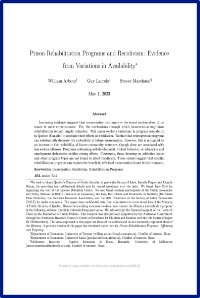By Giada Girelli, Marcela Jofré, and Ajeng Larasati : Harm Reduction International
As of December 2022, Harm Reduction International (HRI) recorded at least 285 executions for drug offences globally during the year, a 118% increase from 2021, and an 850% increase from 2020. Executions for drug offences are confirmed or assumed to have taken place in six countries: Iran, Saudi Arabia, Singapore, plus in China, North Korea and Vietnam – on which exact figures cannot be provided because of extreme opacity. Therefore, this figure is likely to reflect only a percentage of all drug-related executions worldwide. Confirmed death sentences for drug offences were also on the rise; with at least 303 people sentenced to death in 18 countries. This marks a 28% increase from 2021.
These setbacks were not completely unexpected, nor unpredictable. After defending its barbaric policy on the death penalty throughout 2021, Singapore issued execution warrants against individuals convicted of drug trafficking in February 2022. These were eventually stayed after legal appeals and pleas from families and civil society, but more execution warrants quickly followed. In Saudi Arabia, civil society had warned of the risk of resumption in drug-related executions since the partial moratorium was announced in 2021. When the Kingdom carried out the worst mass execution in its history in March 2022, the risk became even more apparent. Similarly, Iranian civil society warned of the risk of a spike in executions, absent persistent international pressure.
London: Harm Reduction International, 2023. 54p.





















